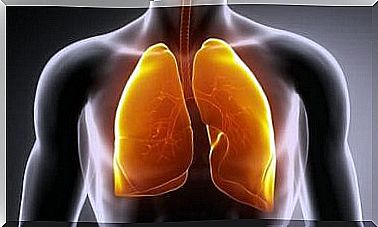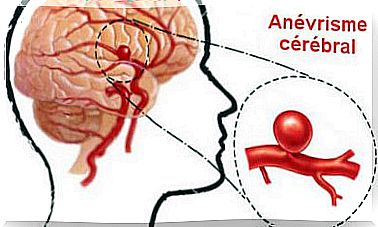Arterial Hypoxemia: What Is It?
Arterial hypoxemia is the insufficient presence of oxygen in the arteries of the human body. This is a serious situation, which can be acute or chronic. Here we will reveal the possible causes of the disorder and its effects.
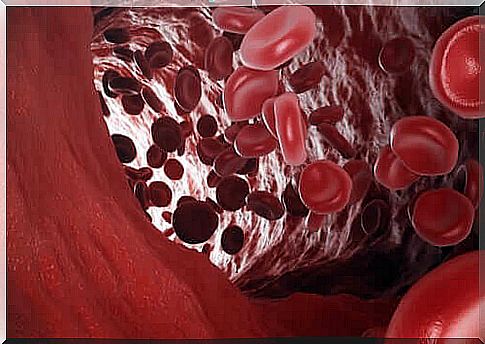
We speak of arterial hypoxemia when the amount of oxygen carried by the arteries is lower than normal. This is a serious situation because one of the primary functions of the arteries is precisely to transport oxygen to the cells.
Without an adequate amount of oxygen, cells cannot function. In severe cases of arterial hypoxemia, the vital functions of the organism are endangered, with the possibility of cell death if this situation continues over time.
How is arterial hypoxemia diagnosed?
To determine arterial hypoxemia, two measures are used in medicine:
- Millimeters of mercury: Under normal conditions, the amount of oxygen in the arteries should be between 75 and 100 millimeters of mercury. When the measurement is below 60 millimeters, external oxygen is needed for the patient.
- Oxygen saturation: the most accessible measure is saturation through percentages. Small devices like the pulse oximeter connect to a finger to estimate this percentage. Thus, an oxygen saturation between 96 and 100% is normal. Below 95% this is an alarm signal and below 90% additional oxygen is required.
In order for oxygen to reach the cells, three steps must be taken in three different places. If one of these steps fails, the end result, i.e. cell function, is altered. These steps are:
- Environmental oxygen: the place where humans are located must have an adequate concentration of oxygen. It can be missing when you go to a mountain, for example, or in rooms full of carbon monoxide.
- Healthy lungs: the respiratory system must be able to take oxygen from the environment to transport it to the arteries. Diseases like asthma can interfere with this process.
- Arterial blood: this is where arterial hypoxemia is assessed. This is the stage of transporting oxygen that has been taken from the environment through the lungs. The blood will then carry this oxygen to every cell in the human body.
Causes of arterial hypoxemia
The most common causes of arterial hypoxemia are:
- Chronic Obstructive Pulmonary Diseases (COPD): among these pathologies, we find asthma, emphysema and chronic bronchitis. As the lungs are affected, the entry of oxygen is interrupted and the third stage, which is the delivery of oxygen to the blood, begins with this disadvantage.
- Heart problems: Certain changes in the heart affect the communication between the lungs and the arteries. Since oxygen must pass from the respiratory system to the circulatory system through the lung-heart connection, if there is a problem in this connection, the oxygen available to the arteries will decrease.
- Pneumonia: Patients with infectious pneumonia often suffer from arterial hypoxemia. In severe cases, which require hospitalization, the oxygen saturation is monitored daily to determine the patient’s condition.
- Anemia: Oxygen travels to the arteries through red blood cells. When there is a smaller amount of red blood cells, the oxygen transport is logically affected. This happens with anemia, regardless of its origin. There are different degrees of anemia and this determines different degrees of severity of arterial hypoxemia.
- Medication: The use of drugs derived from opioids and morphines includes arterial hypoxemia in its side effects. These are drugs that must be taken in the doses indicated, with a prescription and under the supervision of a doctor.
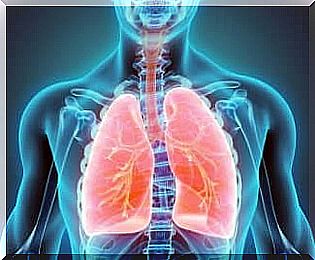
Symptoms of arterial hypoxemia
The lack of oxygen in the cells generates a whole range of symptoms. Some signs respond to the organ most affected by arterial hypoxemia and others are general signs.
Among the usual symptoms we have:
- Changes in skin color: arterial hypoxemia can cause pallor, especially associated with anemia. In addition, it can generate cyanosis, which is a bluish coloration of the skin, an obvious sign of a severe lack of oxygen.
- Fainting: If the oxygen the brain receives is not sufficient, it will tend to reduce its function, to the point of causing fainting or syncope.
- Headache: when the arterial hypoxemia is intermediate and persistent, there are headaches and signs of bulging. This pain does not go away with the usual anti-inflammatory drugs.
- Motor coordination problems: the brain needs oxygen to be able to perform all of its regulatory functions. Among these functions, we find motor coordination to walk and move. With arterial hypoxemia, there may be difficulty in simple activities such as walking or trying to pick up something with your hands.
- Vomiting and nausea.
- Arrhythmias.
- Muscle cramps, especially at night.
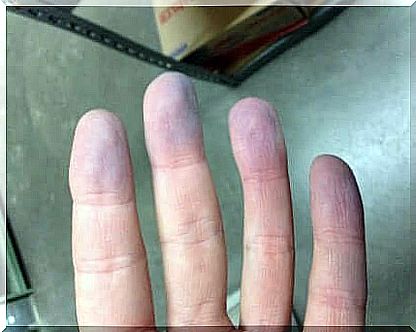
Long term effects
If the arterial hypoxemia persists over time, the human body will try to adapt to this new situation. One way to adapt is to make more red blood cells to carry oxygen. This situation is called polycythemia.
Polycythemia can coexist in the body without producing changes. In any case, it should be checked regularly so that it is not excessive and so that it does not affect the normal circulation of the blood.
Another long-term effect of arterial hypoxemia is arrhythmias. The heart changes its frequency and interval of beats to compensate for the lack of oxygen. If the arrhythmia gets out of control, life is in jeopardy.
Finally, there is the cerebral effect. In COPD patients, neurological changes have been shown to be very common: depression, memory loss and lack of attention. These changes are linked to arterial hypoxemia.
